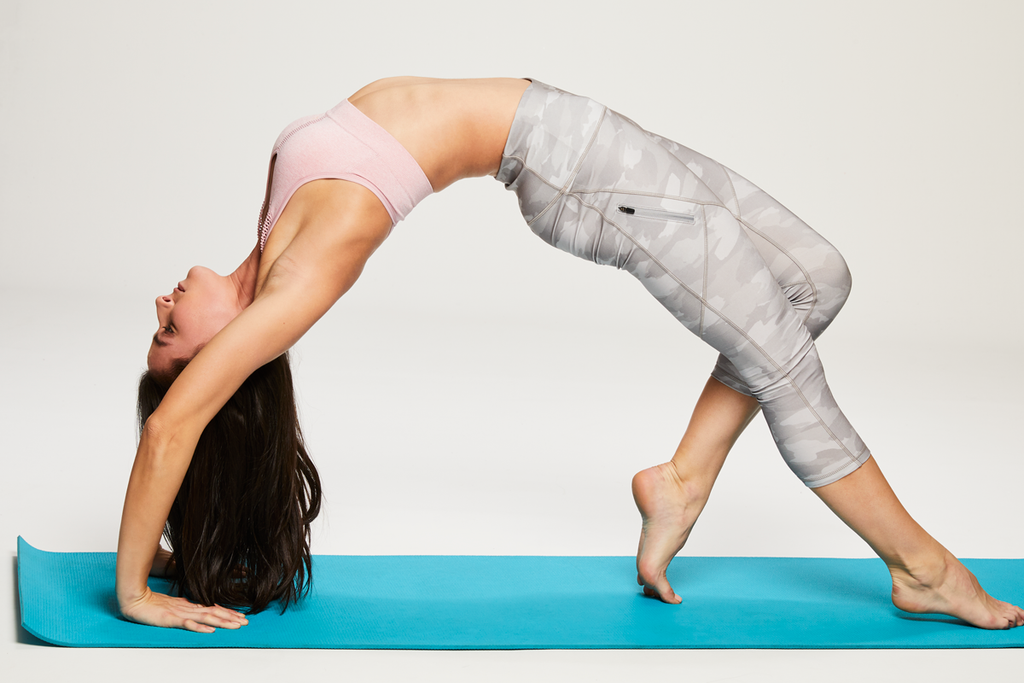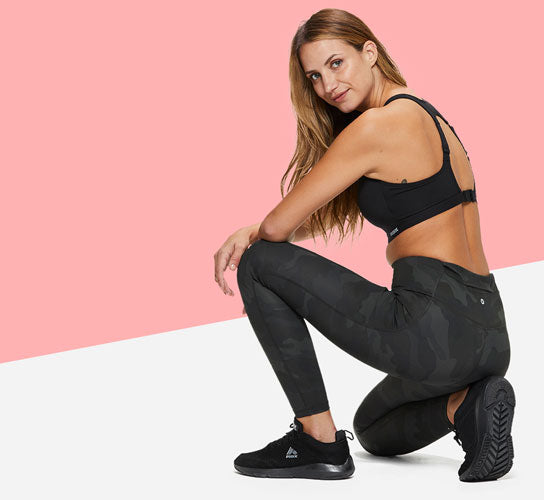
By Eliza Crisp, contributing blogger
As we slowly shiver our way towards spring, it feels only natural to seek out an exercise that ticks the ‘comfort’ and ‘self-care’ boxes. The thought of a spin class, or boot camp workout, might not be enough to tempt you out from under that pile of blankets... but how about a warming Bikram Yoga class? Or a soothing Matwork Pilates session? We might just be able to muster up a little energy for that.
At first glance, it seems easy to lump yoga and pilates together, but dig a little deeper and you will recognize some key differences between the two.
Yoga: What is it?
Yoga dates back several millennia to ancient India, with the name born from the Sanskrit word ‘yuj’ meaning to join, attach, or unite, a harmonious relationship between your mind, body, and environment.
Just how modern yoga was popularized in the Western world remains a pretty contentious point. Gwyneth Paltrow was recently slated after suggesting in a WSJ Magazine interview that she was partly responsible for bringing yoga to the masses, while others point to The Beatles and their visits to India as having an integral role in the trend.
Yoga + Your Breathing
We’ve all been gently instructed to ‘remember to breathe’ in group fitness classes, but what is the difference between using our breath in yoga vs pilates classes?
Yogic breath is associated with ‘belly breathing’, which is a three-part system. Think of breathing into your abdomen, then your ribcage, and then your collarbone. It might take some practice, but this breathing system will help focus on your lung capacity, which allows you to steady yourself in preparation for meditation and movement.
Yoga + Your Body
There’s no denying that both yoga and pilates classes can result in an enviable look: think long, lithe limbs without high-impact activity. But how do these different styles achieve this?
Yoga places a big emphasis on flexibility and balance. Keen to learn how to do a headstand? Not afraid of a little chanting and spirituality? Looking to activate those big muscle groups through tricky poses? Want to lower your cortisol (stress) levels? You might find yourself leaning towards yoga.
Pilates: What is it?
Pilates, in comparison to yoga, has much more modern roots. After suffering through a childhood plagued by health troubles, German-born Joseph Pilates started to develop holistic exercise methods that combined body, mind, and spirit.
He achieved an enviable level of physical fitness and eventually moved to England. Despite being interned by British authorities during WW1, Joseph ended up immigrating to New York City in the 1920s and opened up a pilates studio that was frequented by dancers for rehabilitation. Those NYC locals started longing after those lean ballerina bodies, and classes quickly filled up.
Pilates + Your Breathing
While both yoga and pilates use breath with a similar intention, there are subtle differences in how this is achieved. By using thoracic breathing, pilates instructs you to draw in and imagine tightening your navel to your backbone. The breath acts as the basis for core activation, and movement support.
Pilates + Your Body
Pilates fires up the smaller muscle groups with resistance equipment like weights, or the springs on a reformer machine. Pilates also provides a slightly higher cardio benefit than yoga, partially because the workout focuses on strengthening, rather than just stretching.
Which to pick?
Ideally, choosing whether to sign up for a yoga or a pilates class is a great opportunity to practice some much-needed mindfulness. You don’t need to be exclusive! Take a moment to center yourself, and consider what your body and mind is craving in that moment. A combination of different modalities might just provide the perfect recipe for holistic health in 2019.


